Centuries-Old Festival Makes
Venice Seem New Again
Story by Matthew St. Amand
Photography by John Liviero
Ask anyone who’s been to Venice, Italy—close your eyes, say the word “trattoria” three times and you will start to smell the paninis.
For his 50th birthday, John Liviero, owner of Sooter’s Photography, received the gift from his wife, Anita: a plane ticket to Venice—in time for its world renowned Carnival of Venice, or, as it’s called in Italian “Carnevale di Venezia”.
The gift turned into the experience of a lifetime when his younger brother, Joe—who lives in Iowa—learned of the trip. After receiving the itinerary from Anita, he called John and said: “I’m going, too!”
They met in the Venice airport.
“I try to make it over to Italy every few years,” John says. “My family is from Bassano del Grappa. Only my mom and brothers are in Canada. The rest of the family is over there.”
So, there was no shortage of destinations to visit.
First among them, however, was the Carnival. “We were there for the first two days, and it was crazy,” John recalls. “I took about five hundred pictures at the Carnival, alone. You can’t believe the costumes everyone was wearing.”
As with most things in Italian culture, the Carnival has a long, complicated history.
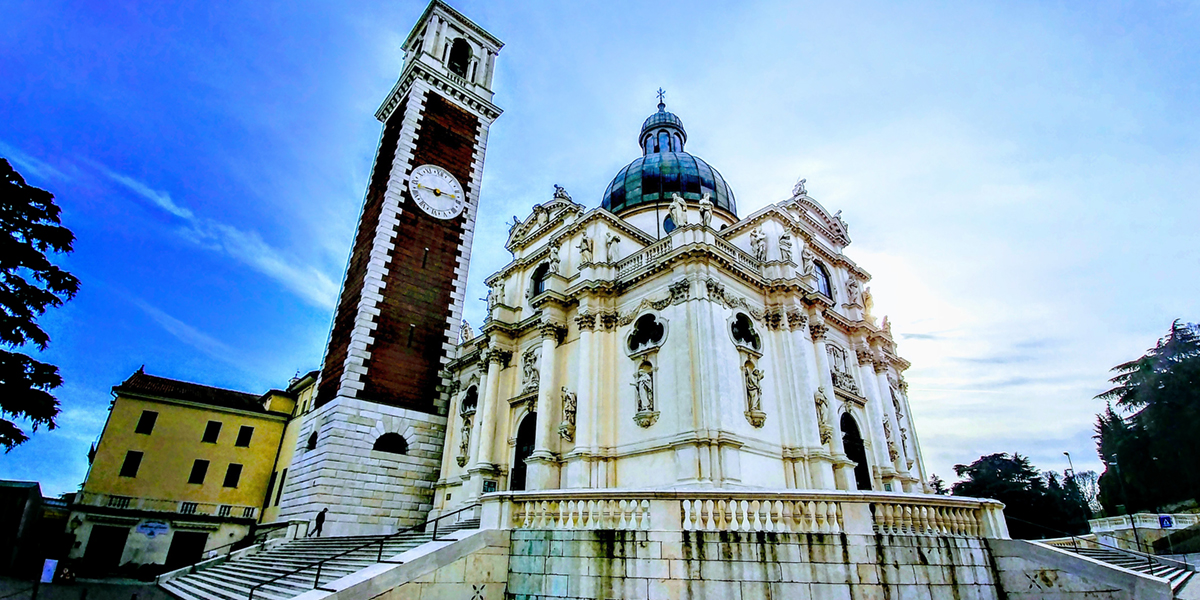
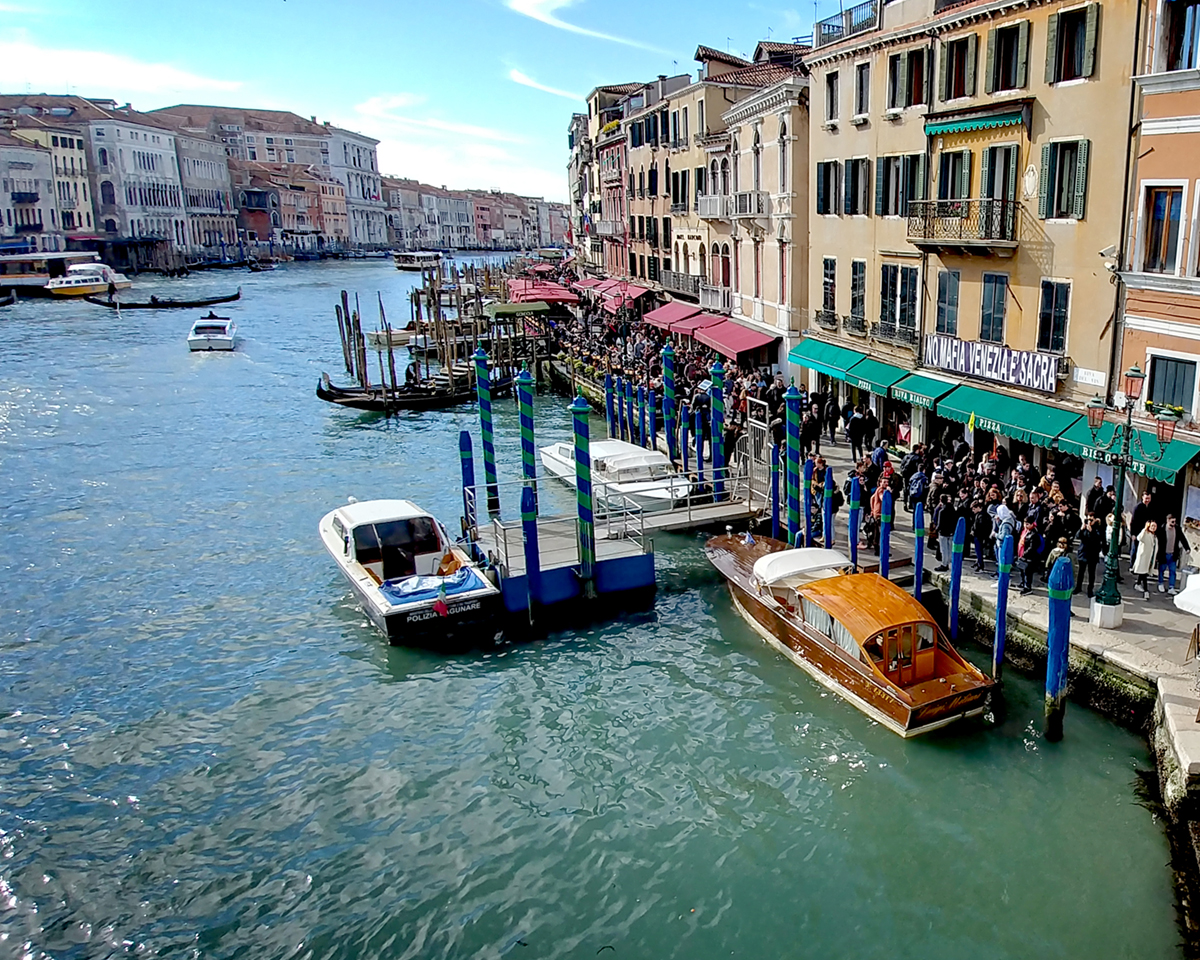
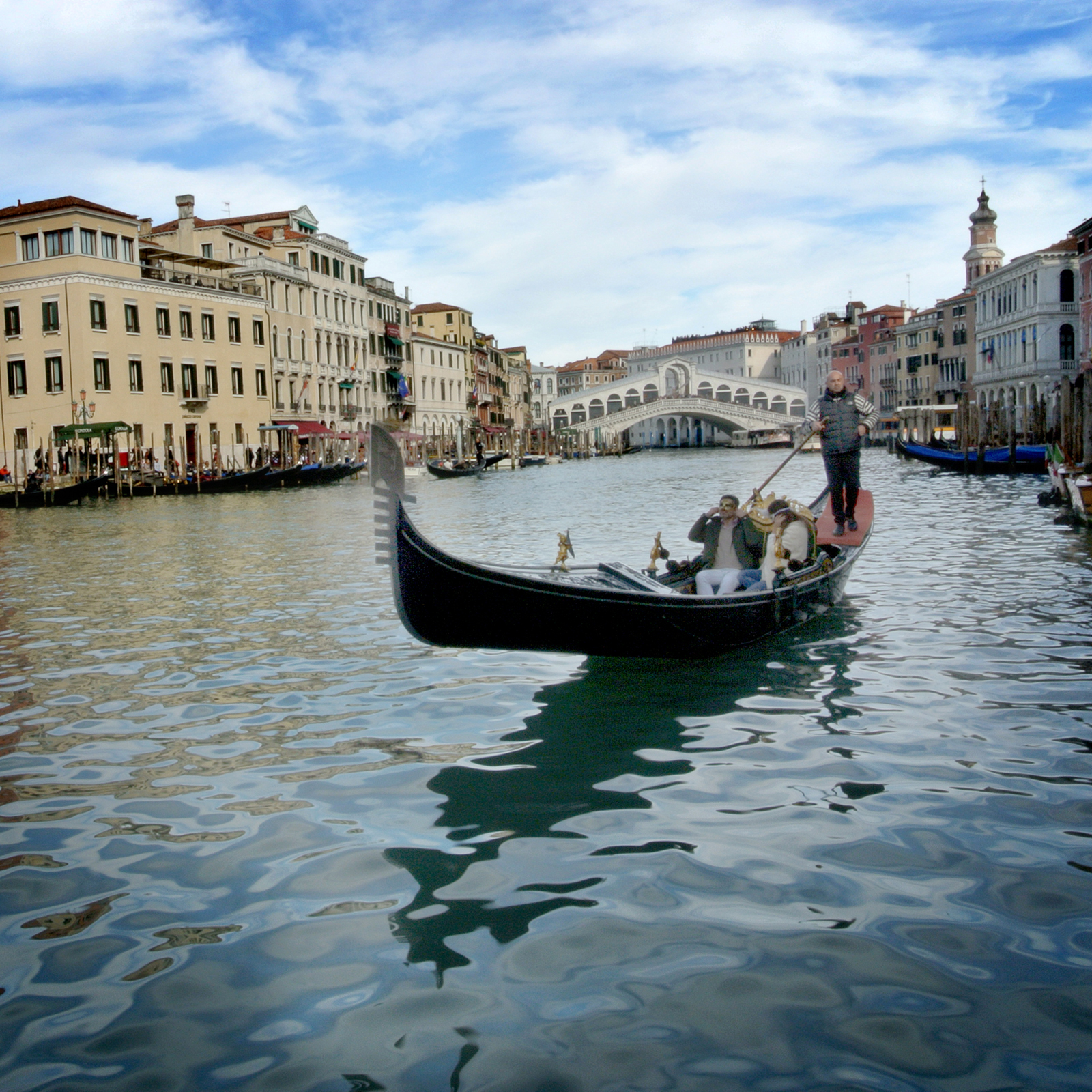
According to some historical records, the first Carnival occurred 1162, following the Venetian Republic’s military triumph over the Patriarch of Aquileia. To celebrate the victory, the Venetian people gathered and danced in San Marco (St. Mark’s) Square.
The 2020 Carnival, which John and his brother attended, opened on Saturday February 8, and ran until Shrove Tuesday (Mardi Gras), February 25. The spectacle was on par with the opening ceremony of the Olympics, with elaborately lighted and festooned floats literally floating through the canals. Upwards of 3 million people attended the Carnival of Venice earlier this year.
Mask-wearing is a tradition believed to date back to the 9th century in that region, and the practice was eventually combined with the early Carnival. The original Carnival grew in popularity because it relaxed the rigid social hierarchy that ruled Venice. Processions and plays came into town. Music, dancing, and other decadent activities—ordinarily outlawed—were tolerated in public during the festivities.
The early Carnival was also treasured because it bestowed certain freedoms on citizens that they didn’t enjoy during the rest of the year. Particularly, the freedom of anonymity achieved by wearing masks. This allowed people to intermingle with whomever they pleased—whether it was peasants mixing with aristocrats at their masked balls, men dressing as women in the costume of a “Gnaga”, or women passing themselves off as men.
As with all fun events, things eventually got out of hand. A 13th century law prohibited visiting convents and monasteries while disguised. One can only guess what ill-advised carry-on necessitated that law. Another historical source says that in 1511, female prostitutes petitioned the Venetian government because male prostitutes dressed as “Gnaghe” were stealing their client base. The government responded by permitting the women to lean, bare-chested, from their windows as a form of advertising.
As the saying goes: All good things must come to an end. Under the rule of the Holy Roman Emperor and later Emperor of Austria, Francis II, the festival was outlawed entirely in 1797 and the wearing of masks strictly forbidden.
The Carnival of Venice, however, was such a party, that not even a 200 year ban could wipe it from memory. The event was resurrected in 1979 and has been going strong ever since, attended by millions of people from around the world each year.
Today, the creation of carnival masks is a thriving industry in Venice with many masks worn during the event made right there. There are several styles dating back centuries, such as the “bauta” mask, traditionally worn by men, or women disguised as men. Other styles include “Colombina”, “Medico Della Peste (The Plague Doctor)”, and the “moretta”, a small strapless, black velvet oval mask with wide eyeholes, but no mouth. Many masks are ornately jeweled.
John Liviero was there to see it all. “I was there the first Sunday,” he explains, “and it was crazy. I have never seen so many people. We couldn’t believe how many different languages we heard as we walked around.”

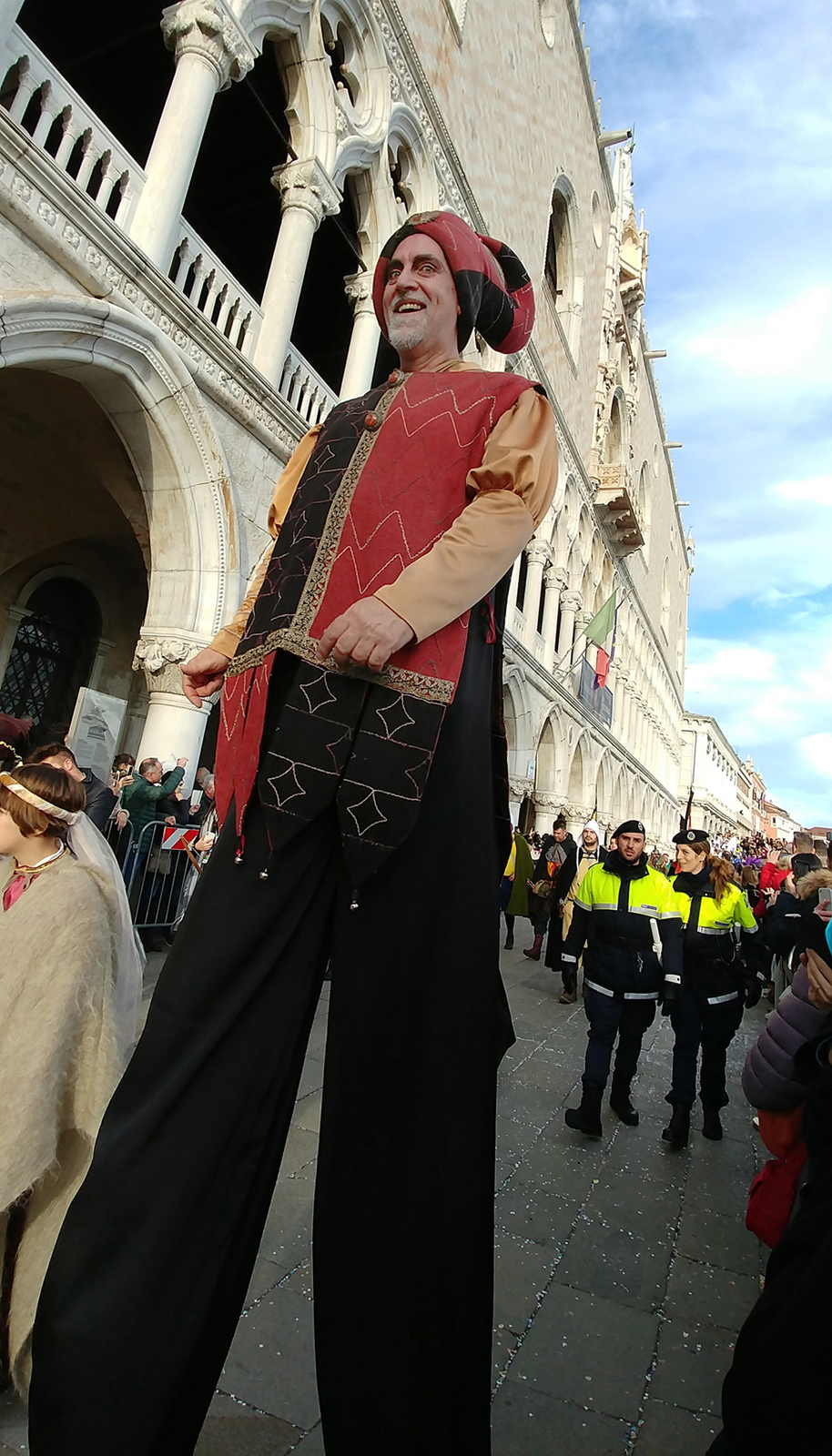
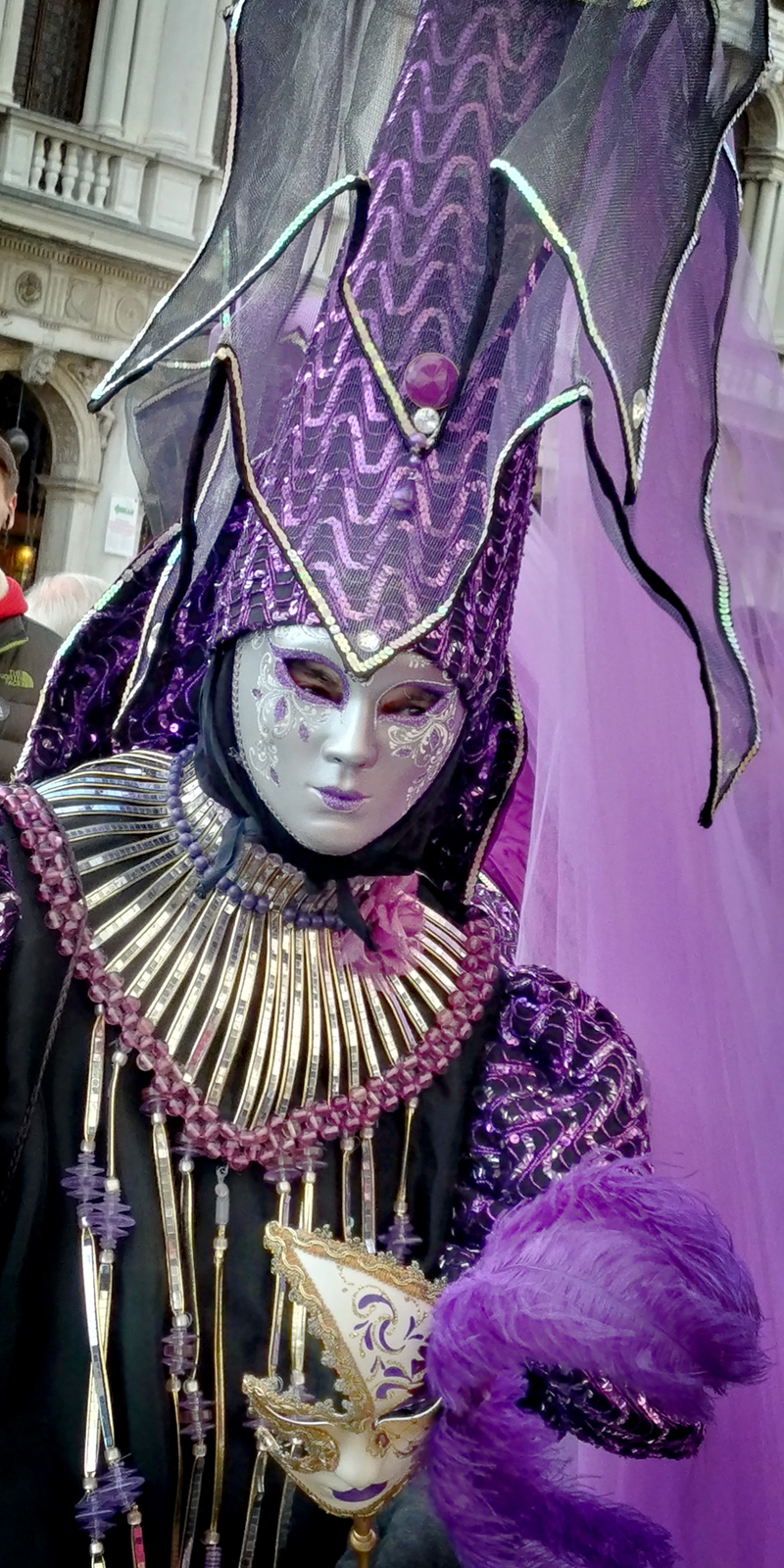
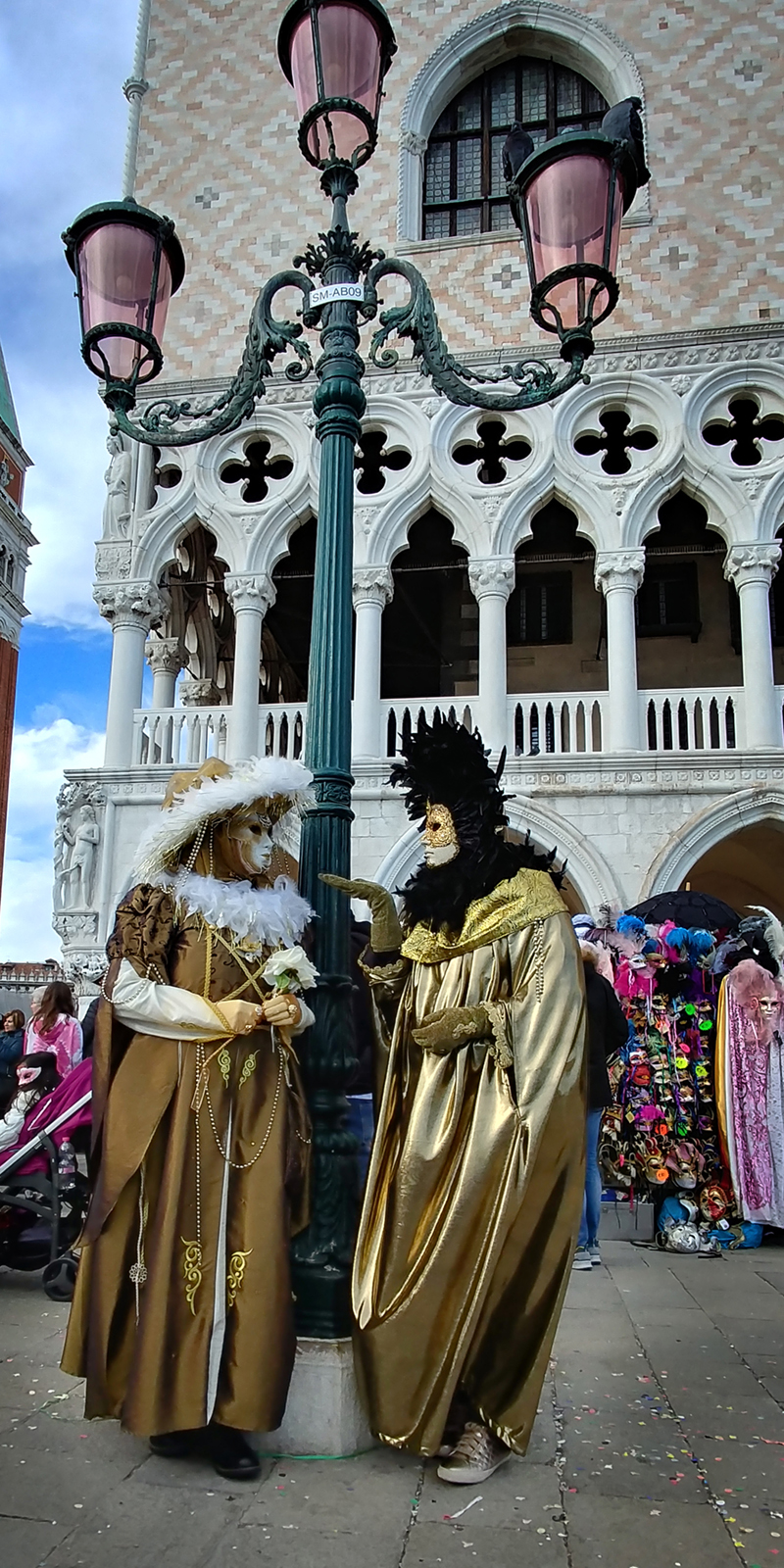
Tourists and locals and street performers were often indistinguishable, all clad in costumes and masks. For all the sights to be seen, however, there really is only one star of the show in Italy: “The food was fantastic,” John says. “The fish you’re eating was caught earlier that day. The bakeries, the cafés, the patios, people eating pasta, pizza, paninis.”
John describes how he and his brother navigated the throngs of revelers, ducking into bakeries for a panini lunch, finding a café for a quick espresso, then enjoying a mid-afternoon snack at an outdoor patio.
“Really, it was just people enjoying life,” John remembers. “One evening, I was on top of a bridge, looking down at the lights of the restaurants and all the people at the patios…” It was one of the hundreds of photographs he snapped on the trip.
There are no cars in famously flooded Venice, so John and his brother, and countless other attendees, entered the city each day by train.
“The last train out of Venice each night was ten-thirty,” John says. “Unless you were staying overnight, you were on that train.”
With their senses still thrumming from two days at the Carnival, John and his brother rented a Fiat 500 and toured the country, visiting relatives and seeing the sights.
“We ate lunch in a different city each day,” he says. “We’d find the church—that’s always the center of the city—and then found somewhere to eat. It’s a great place to just sit and people-watch.”
The weather cooperated, as well, hovering in the mid-60s Fahrenheit each day. And in the grand scheme of 2020, John made his trip just as the window for international travel—and pretty much, any fun—was rapidly being closed by the global pandemic.
“We were lucky,” John says. “A few weeks before we arrived in Venice, St. Mark’s Square was flooded.”
It was the experience of a lifetime and in the nick of time.
“Being a photographer,” John says, “I was taking pictures to tell the story for everyone back home, who hadn’t come.”
Venice had won again. Only in Italy could centuries-old festival make the ancient country seem new again to a return visitor.


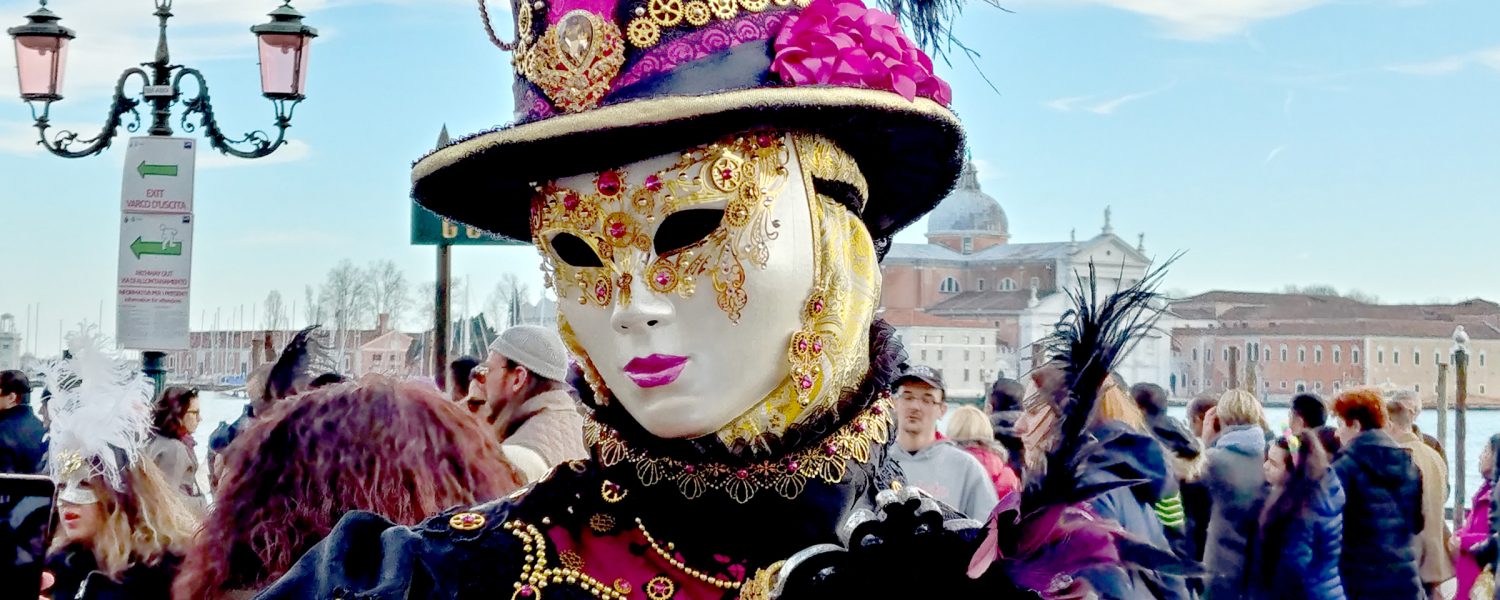

Thank you for reminding me beautiful days in Venice, I’m always happy to find somewhere picture of my costume, always nice surprise